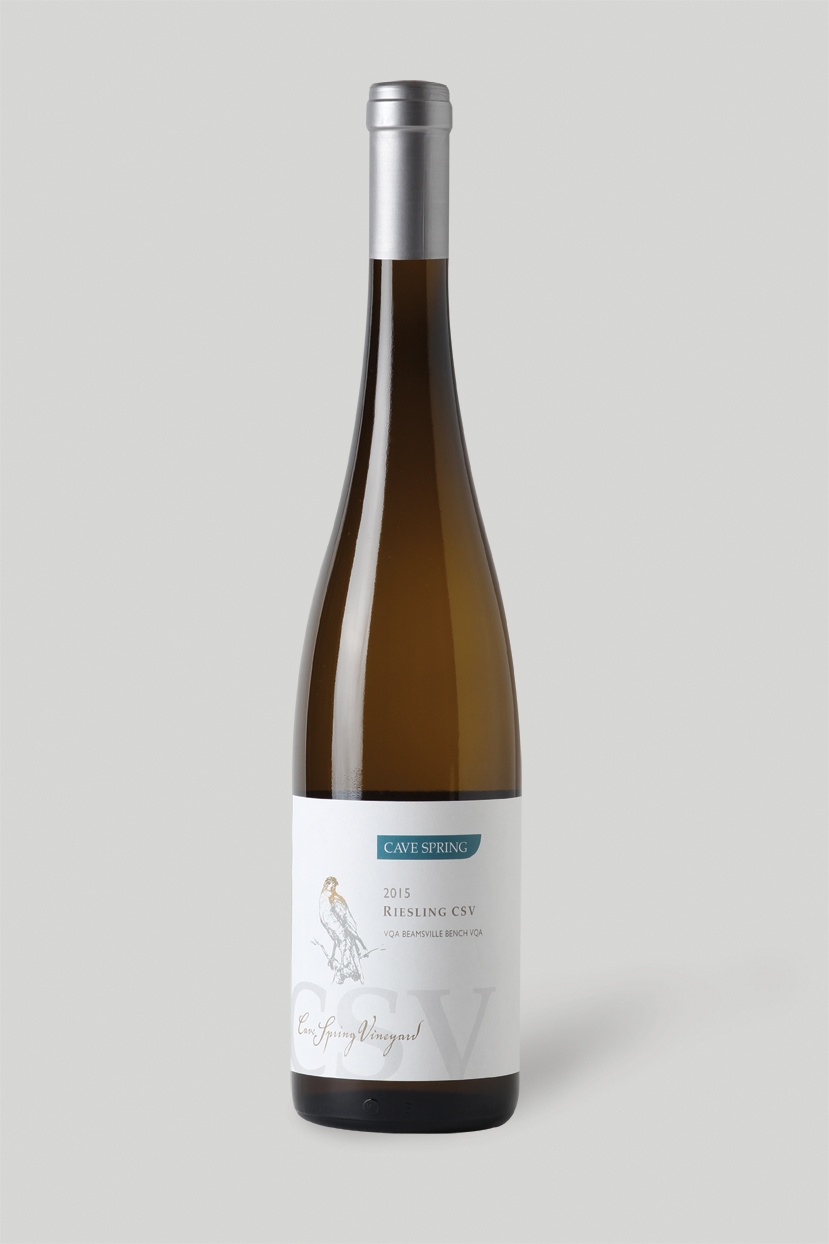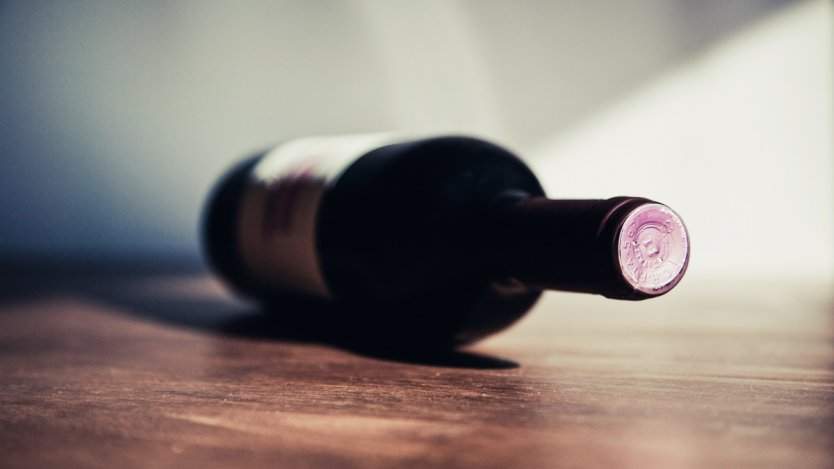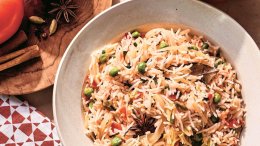Like a good wine, every wine drinker’s tastes evolve over time. This journey usually starts as a teenager where our tastes are... well, less than discerning. For me that was homemade wine commandeered from my friend’s parents’ basement. In your early 20s, you start to develop an opinion of what you like to drink. For most, this opinion is easily influenced by cute critters on the label or flashy gimmicks (blue wine, anyone?). But as you approach your 30s, something changes and you find yourself not only wanting to consume wine—and good wine at that—but you want to cellar or age it. Now where do you start? What do you need to properly store wine? And what wine is even worth aging?
Find your wine guru
My first piece of advice for any enthusiastic wine drinker: find a good shop with staff that you trust to help you. Let’s say you purchase two bottles of wine a week and each bottle costs an average of $20. That means you are spending roughly $2,000 a year on wine (and for an enthusiastic wine drinker this is a very modest estimate). The point is, you will literally spend thousands of dollars in your lifetime on wine, so make sure you’re not wasting your money. Go make friends with the staff at your local wine shop. They’ll be able to help you determine what your taste is and introduce you to new wines that you likely would never have tried on your own.
Find a place to store the wine
Now that you’ve found your wine guru and feeling ready to start stashing away bottles, you need to determine where you will be storing these wines. The three major things you want to avoid are direct sunlight, warm or fluctuating temperatures and extremely dry air that can dry out the cork. A wine fridge is good but probably won’t offer you the amount of storage you will need to grow your collection, and while a temperature controlled cellar is ideal, it’s not necessarily feasible for everyone. For the average wine collector, your best bet is to find a cool dark place where you can install some horizontal wine racks. It’s very important to make sure that you lay your bottles down when storing them for an extended period of time so that the wine is always in contact with the cork, preventing it from drying out.
Don't age the wine for too long
As your collection grows, make sure you are taking regular inventory. The most common mistake that wine collectors make is letting their bottles age too long. It will seem like there is never the right time to open up that special bottle you’ve been holding onto for a decade, but it’s important to keep in mind that everything has a “window” in which it should be drunk. Again, employing the advice of a trusted wine professional will be helpful in determining what to drink and when. It’s also a good idea to buy multiple bottles of the same wine. I always say purchase at least three bottles at a time: one to drink right away, one to drink in a few years and one for when the wine is supposed to be at its absolute best, taking notes each time you open a bottle to help you keep track of its evolution.
Find high-quality wines
When purchasing wine, you don’t need to spend an arm and a leg, but do make sure to look for high quality red wines that are high in tannin, like syrah or cabernet sauvignon. High acid white wines like riesling or chenin blanc are arguably the most age-worthy wines in the world and vintage Champagne or wine made in the traditional method will also evolve beautifully after a few years in your cellar. Here are a few suggestions to get you started.
Laughing Stock Vineyards 2015 Portfolio Red, Naramata, B.C. $44.99 (winery pricing)
Bordeaux blends tend to age quite well and this wine is no exception. The tannin is quite firm and although there are beautiful, ripe notes of black fruit and vanilla, this wine is actually a little young to drink right now. With another five to 10 years, the tannins will become silky and heady notes of sweet tobacco will start to emerge.
Daydreamer 2016 Amelia Syrah, Naramata, B.C. $30 (winery pricing)

Canadian syrah drinks very close to wines from Hermitage in the Northern Rhone and this is a classic example of that. Blueberry and black pepper douse the nose and palate while underlying notes of Genoa salami waft out of the glass and kiss the back of your palate. Over time, the tannins in this wine will soften and the fruit notes will become less dominant, allowing more savoury and smoky characteristics to show through.
Cave Springs 2015 Riesling CSV, Niagara Peninsula, ON $29.95 (winery pricing)

Everyone should have a bottle of this wine in his or her cellar. The flavours of this wine are clean and pure with a fresh, limey acidity balanced out by notes of apple blossom, ripe melon and a flinty, mineral driven finish. Lay this down for at least five years and the fruit will soften, allowing smoky, flinty notes to come through while also becoming more textured on the palate.
Blue Mountain 2009 Brut Reserve, Okanagan Valley, B.C. $39.90 (winery pricing)

There is nothing better than drinking a sparkling wine that has aged well. Blue Mountain has made a name for itself as a producer of some of Canada’s best traditional method wines. On the palate, this wine has notes of flaky pastry, green apple and rhubarb with a smoky finish. Over time, as the acid softens, the wine will become more full bodied and the tart fruit is replaced by smoky and nutty aromas and flavours.













